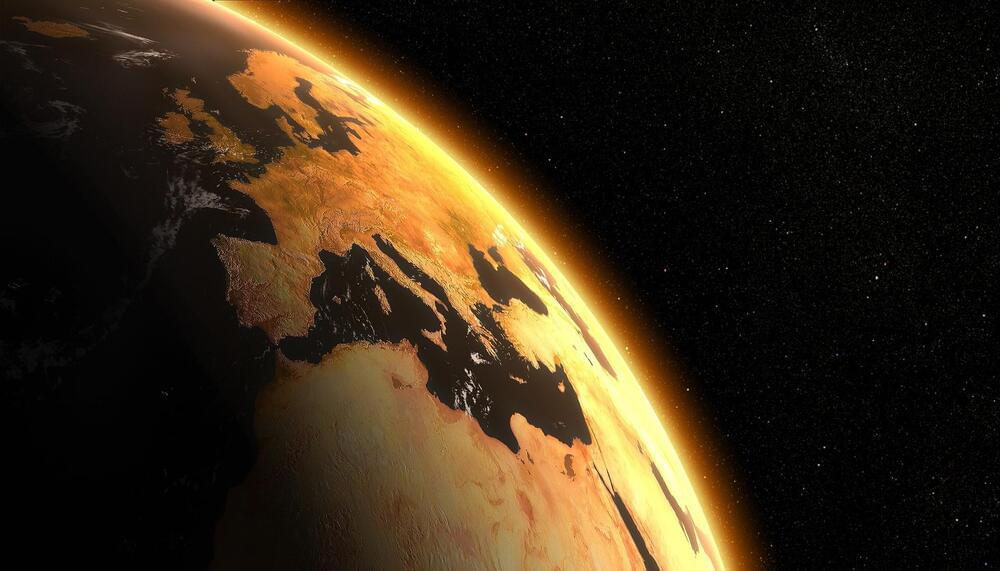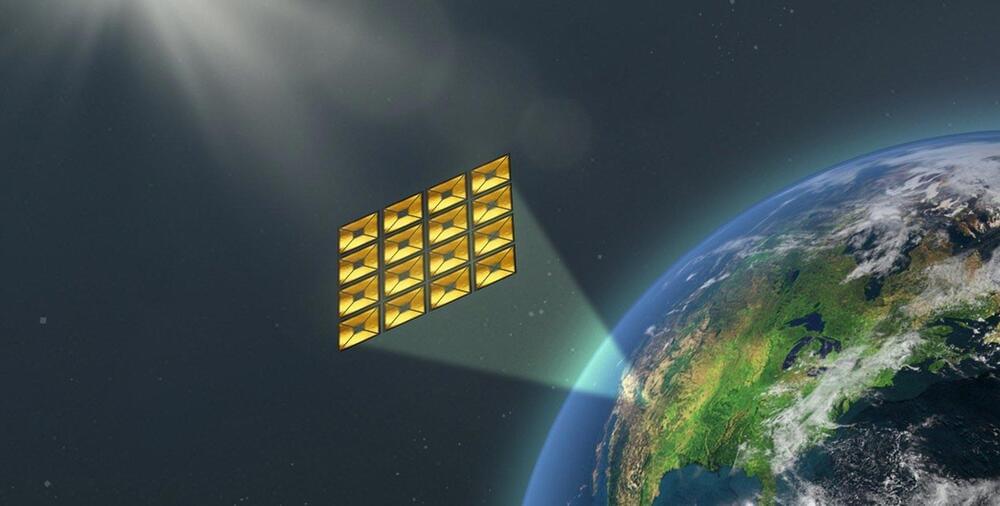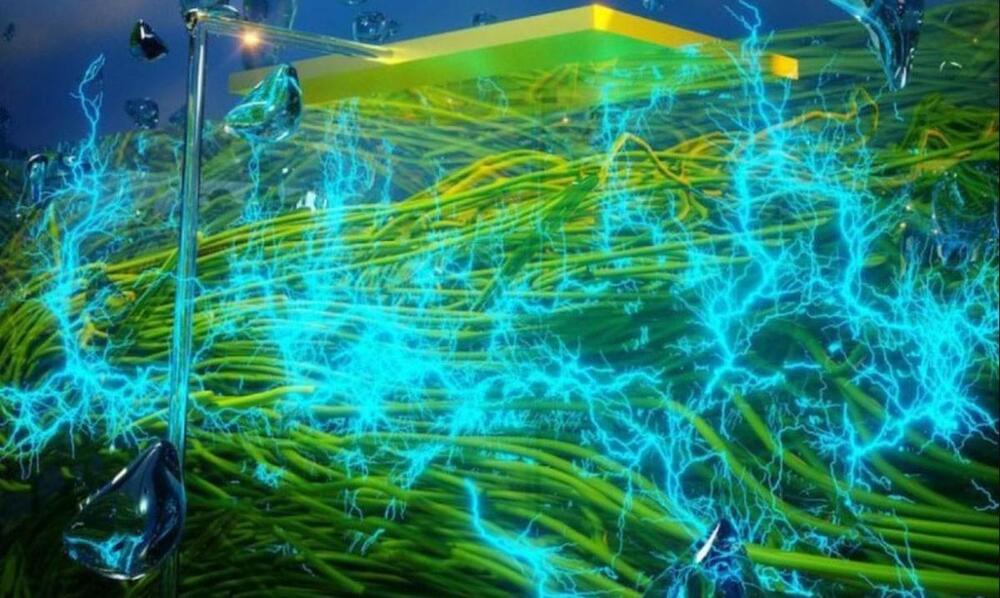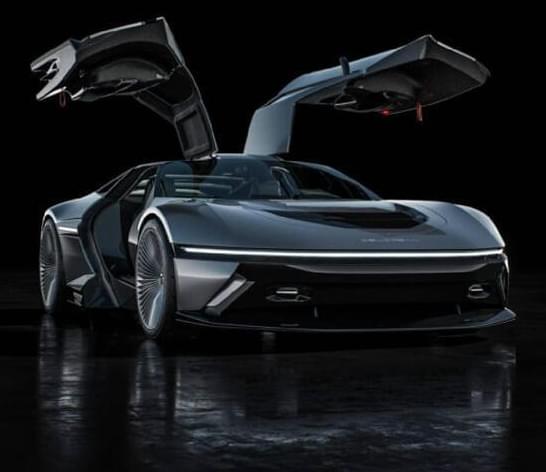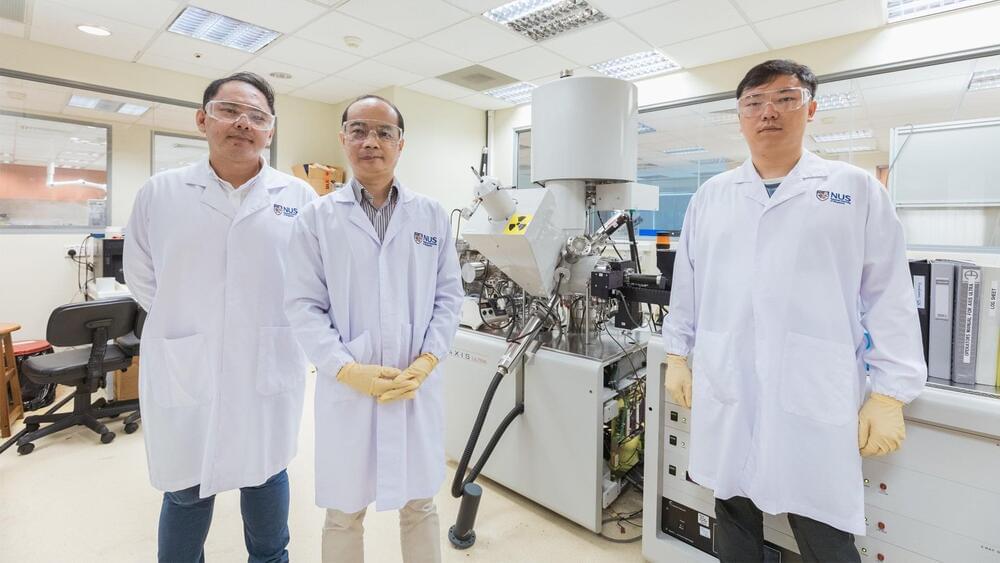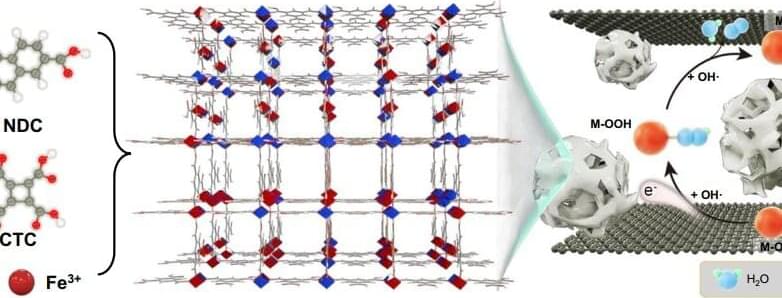Nov 3, 2022
Researchers fed microalgae on leftover coffee grounds to produce high-quality biodiesel
Posted by Gemechu Taye in categories: biotech/medical, chemistry, engineering
It could decrease reliance on palm oil to produce biofuel.
Have you ever guessed that a leftover coffee could turn into biodiesel? Here’s a remarkable development for bioscience. Seemingly, Aston University scientists produced high-quality biodiesel microalgae fed on leftover coffee. According to Aston University’s release, this development is also a breakthrough in the microalgal cultivation system.
Dr. Vesna Najdanovic, senior lecturer in chemical engineering, and Dr. Jiawei Wang were part of a team that produced algae and subsequently turned it into fuel.

